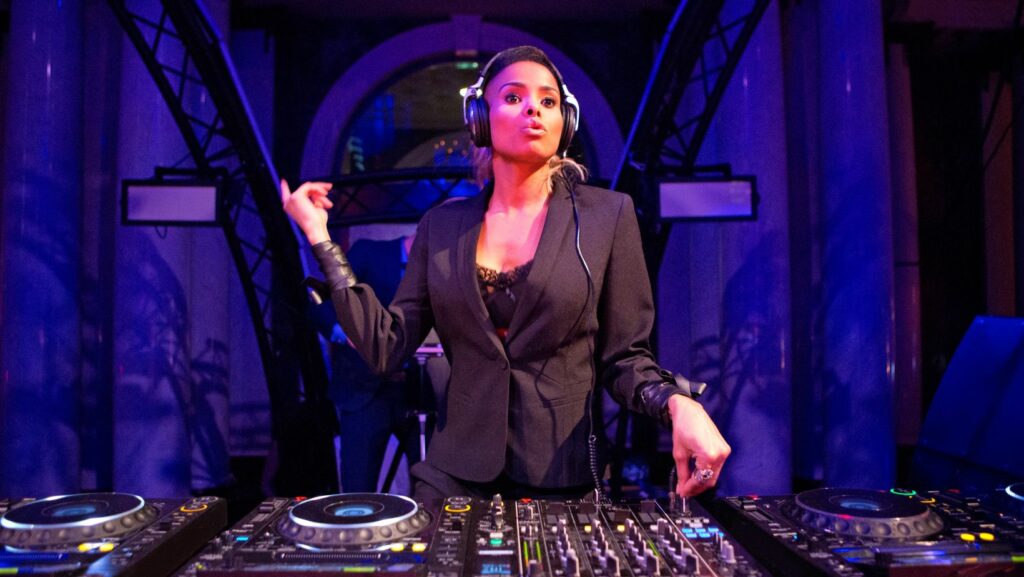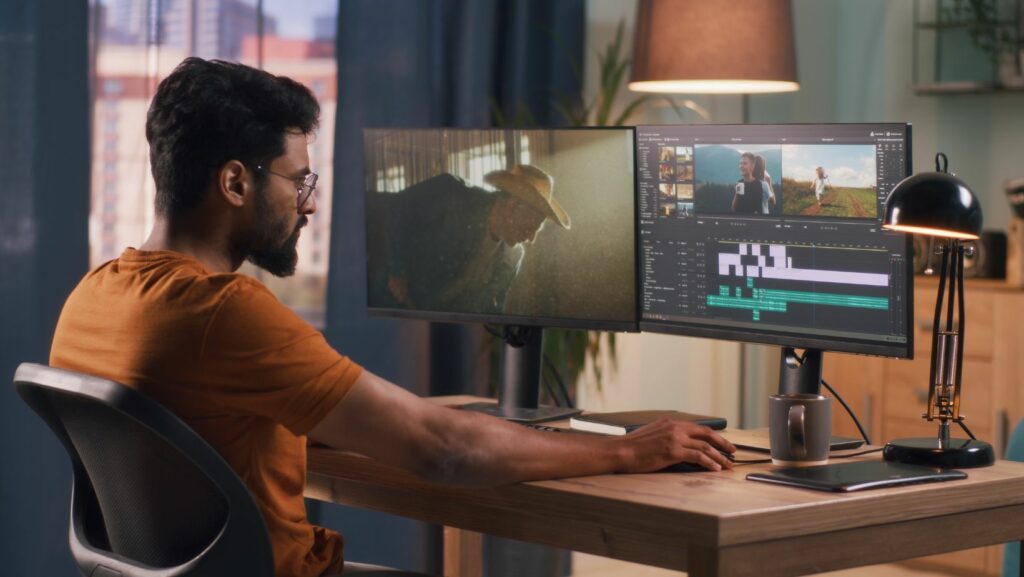In the electrifying world of DJing, mastering mixing techniques is the key to keeping the dance floor alive and the crowd engaged. DJs wield the power to seamlessly blend tracks, creating an immersive experience that transcends mere music. With the right techniques, they can transform a playlist into a journey, guiding listeners through a tapestry of beats and rhythms.
Whether you’re a novice eager to learn the basics or a veteran looking to refine your skills, understanding these mixing techniques can elevate your DJ sets to new heights, captivating audiences and leaving lasting impressions.
Understanding DJing Mixing Techniques

Mastering djing mixing techniques involves various skills that enable DJs to create seamless transitions between tracks. Beatmatching is a fundamental technique where DJs sync the tempo of two tracks, ensuring consistent beats. DJs use EQing to adjust frequencies, balancing bass, midrange, and treble for clarity. Looping lets DJs repeat sections of a track, providing creative possibilities for building energy or extending transitions. Harmonic mixing ensures tracks are in compatible keys, enhancing musicality.
Essential Equipment for Mixing
DJs rely on key equipment to perfect their djing mixing techniques. The right tools ensure seamless transitions and enhance the overall sound experience.
Turntables and Controllers
Turntables offer a tactile experience, giving DJs control over manual adjustments and scratching. Vinyl enthusiasts prefer turntables for their traditional approach and authentic sound. Controllers, on the other hand, integrate digital functionalities, offering features like hot cues, loops, and effects.

Mixers and Audio Interfaces
Mixers serve as the central hub for channeling audio from different sources. They allow DJs to blend tracks by adjusting volume, EQ, and effects in real-time. Two-channel mixers suit most beginners, while four or more channels benefit those handling multiple audio inputs. Audio interfaces convert analog signals into digital formats for quality DAW integration, vital for DJs using laptop-based setups.
Djing Mixing Techniques
Advanced mixing techniques elevate DJ sets from ordinary to extraordinary by enhancing creativity and musical coherence.
Harmonic Mixing
Harmonic mixing involves aligning the keys of tracks to ensure musical compatibility. DJs use Camelot Wheel or similar tools to determine a track’s key and find compatible ones. This technique minimizes dissonance, creating seamless transitions and harmonious live sets. By layering tracks in key, DJs maintain melodic continuity, enriching the dance floor experience.
Looping and Sampling

Looping allows DJs to repeat specific sections of a track to build or transition smoothly. Sampling introduces elements from other tracks, adding unique textures and variety. Both techniques require precision timing to prevent audio clashes and maintain rhythm. DJs use these methods creatively, layering sounds to build tension or extend a crowd-favorite moment within a performance.
Effects and Transitions
Effects and transitions inject dynamic elements into a DJ set. DJs employ effects like reverb, delay, and filters to alter sound textures and introduce dramatic shifts. These effects can bridge transitions by creating audio fades or sudden drop-in, catch audiences off guard, and energize the atmosphere. Precision control over effects allows DJs to craft distinctive sonic journeys that captivate audiences from start to finish.
Tips for Developing Your Unique Style
Developing a distinctive DJ style requires not only technical skills but also a personal touch that sets performances apart. DJs refine their craft by focusing on specific elements.
Building a Diverse Music Library
A comprehensive music library is essential for creative mixing techniques. This involves collecting various genres, eras, and tempos. DJs can identify influential tracks in a genre like house music from the 90s to add depth to their sets. By incorporating lesser-known tracks alongside popular hits, DJs enhance the uniqueness of their mixes and maintain audience engagement.
Experimenting with Different Genres
Exploring different genres broadens a DJ’s sonic palette. By mixing a diverse range of styles like hip-hop, techno, and jazz, DJs create unexpected and memorable transitions. For instance, blending electronic beats with classic rock elements results in a distinctive performance. Experimentation with various genres helps DJs uncover new rhythms and techniques that contribute to a unique style.



